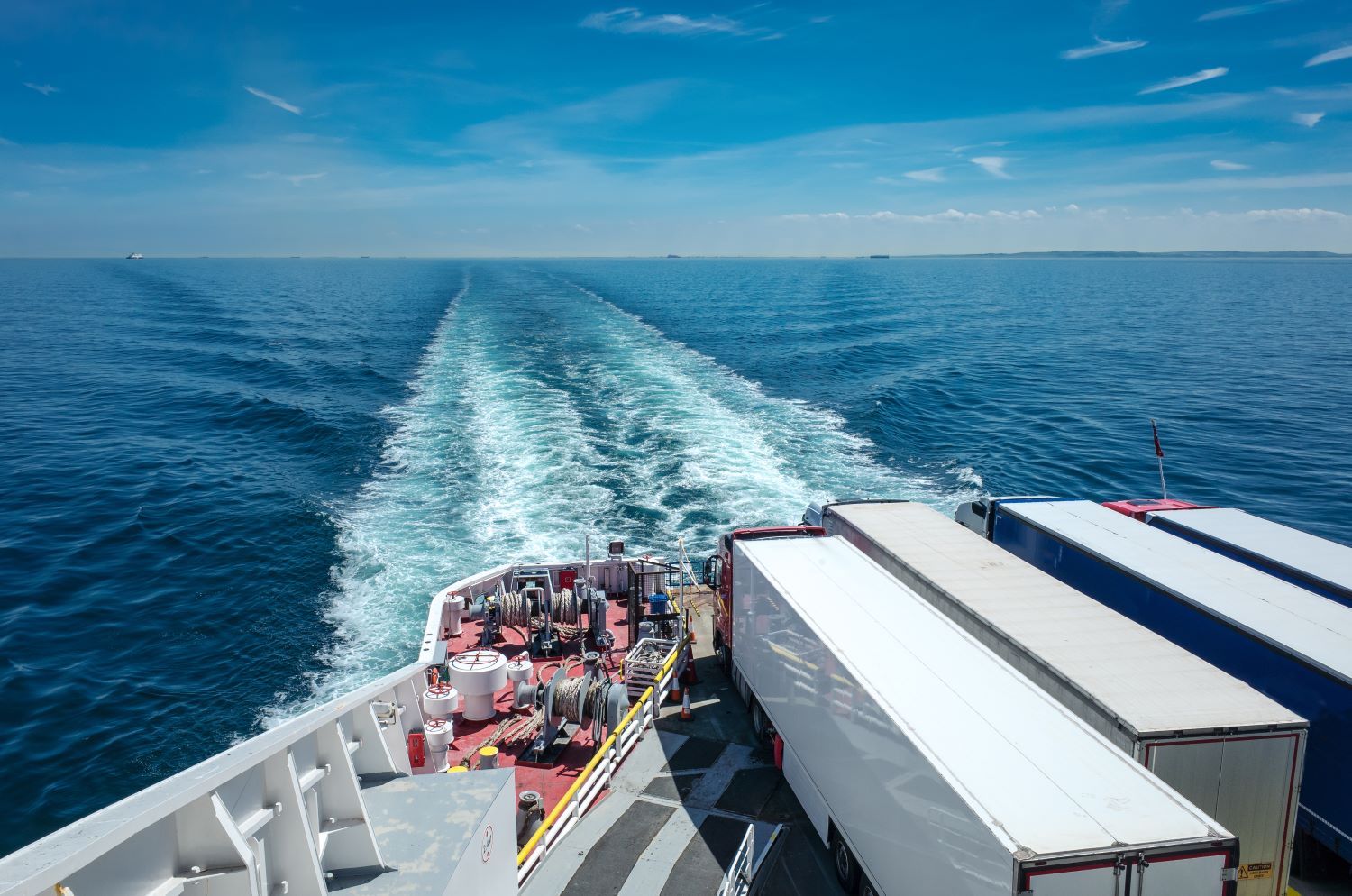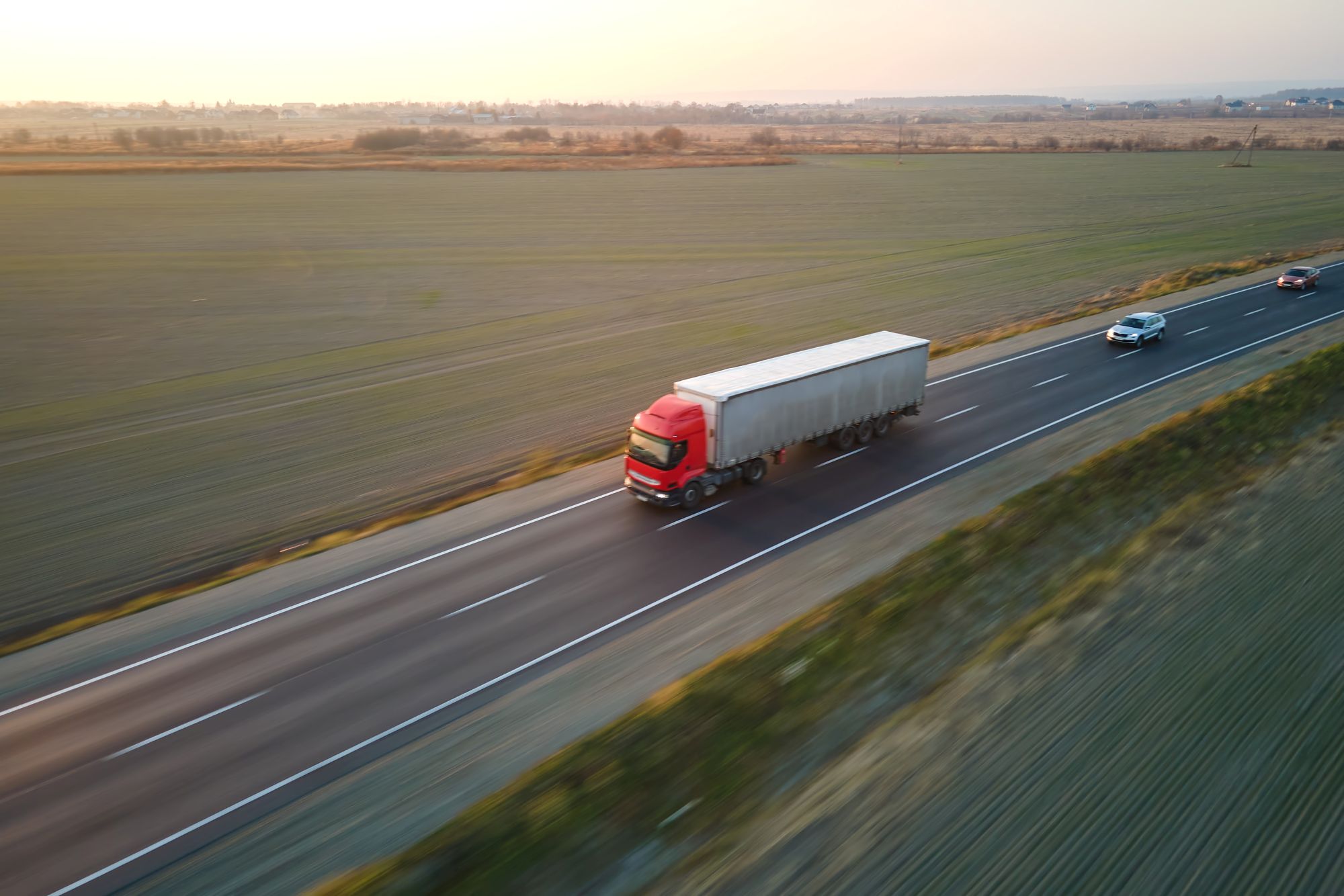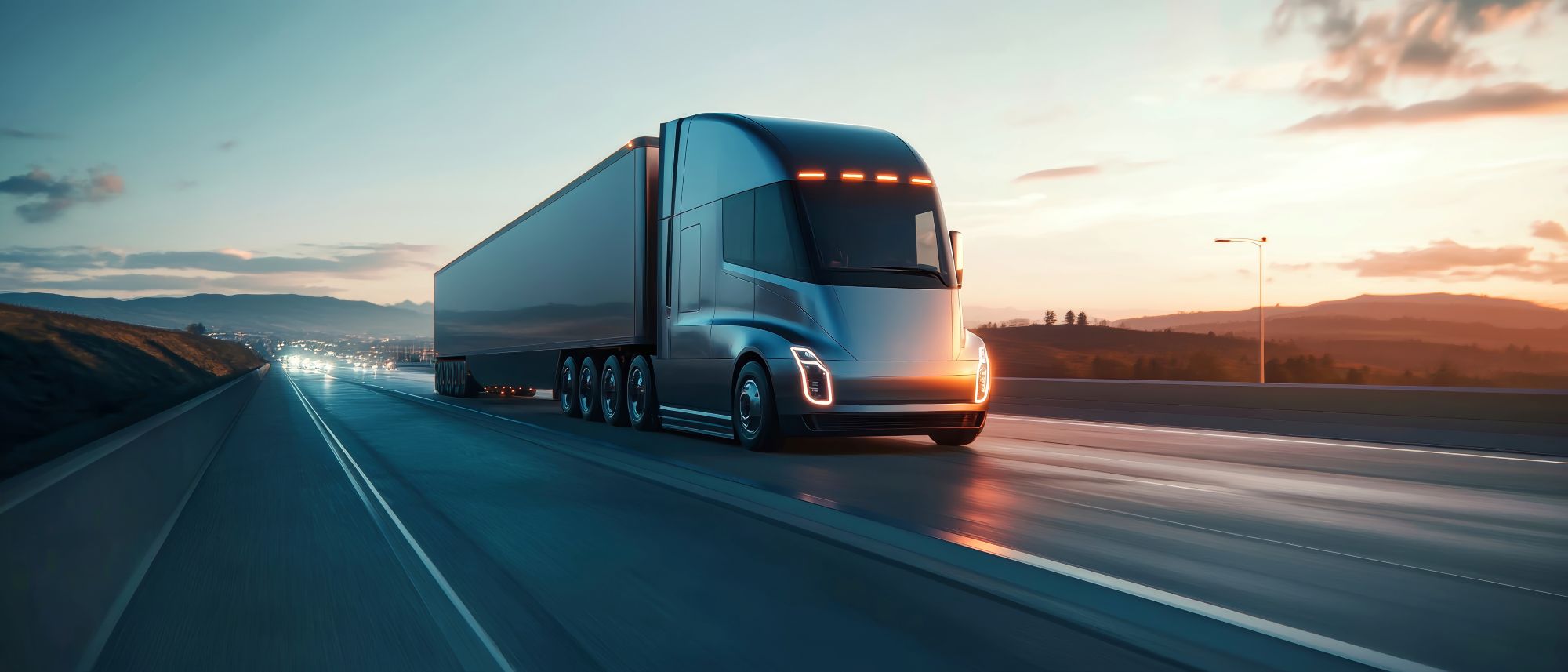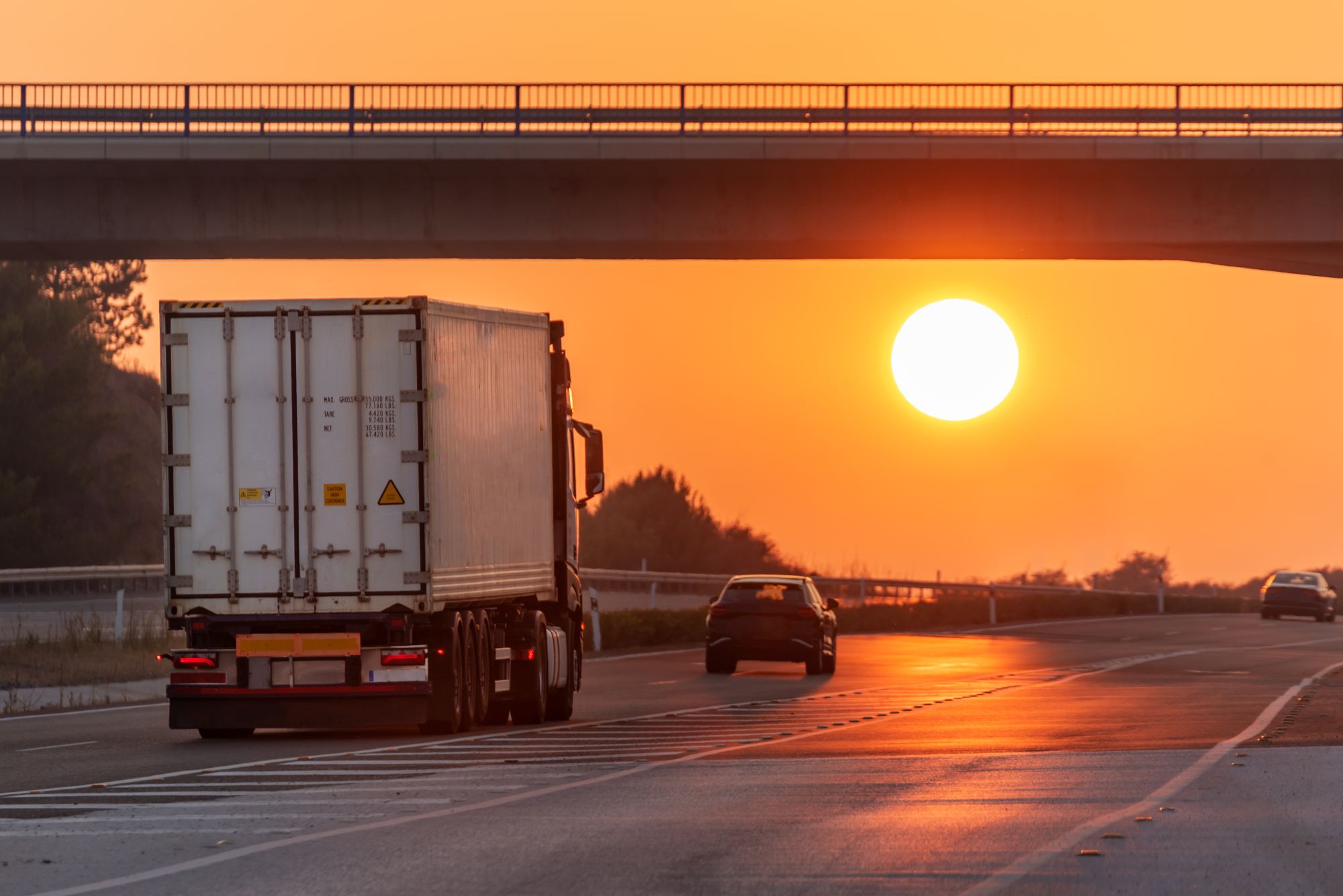
Susie Jones
Tout ce que vous devez savoir sur le système d'entrée/sortie de l'UE
Créée: 14/10/2024
•
Mise à jour : 14/10/2024
L'UE va introduire le système d'entrée/sortie (EES), dont le lancement était prévu en novembre, mais qui a été retardé en raison de certaines inquiétudes. Ce système modifiera les exigences imposées aux ressortissants britanniques qui se rendent dans l'espace Schengen, en obligeant tous les détenteurs d'un passeport britannique à enregistrer des données biométriques, telles que leurs empreintes digitales ou une photo. Le système EES remplacera l'apposition manuelle de tampons sur les passeports lors de l'entrée dans l'UE. Nous avons rassemblé tout ce qu'il faut savoir avant ce changement.
Que demande-t-on aux voyageurs dans le cadre de la SEE ?
Tout pays utilisant le système EES demandera aux voyageurs de fournir les informations suivantes :
Lieu d'entrée et de sortie
Date d'entrée et de sortie
Documents de voyage.
Quels sont les avantages ?
La SEE présente les avantages suivants :
Elle modernise la gestion des frontières extérieures de l'UE et améliore l'expérience des voyageurs.
L'EES lutte contre l'usurpation d'identité en collectant des données biométriques.
Il permet d'identifier les personnes qui dépassent la durée de séjour autorisée et fournit des données fiables sur les entrées, les sorties et les refus.
L'amélioration des contrôles aux frontières, des registres électroniques et des données biométriques renforcera la sécurité au sein de l'UE.
Il permet le partage d'informations en temps réel, ce qui permet aux autorités frontalières de l'UE de disposer des bonnes informations au bon moment.
Quelles sont les préoccupations ?
À long terme, le nouveau système simplifiera les opérations et profitera aux voyageurs extracommunautaires. Toutefois, le nouveau système suscite plusieurs inquiétudes :
Au moins trois pays de l'UE ne sont pas tout à fait prêts pour le lancement.
Plusieurs pays pourraient ne pas être en mesure d'introduire le système biométrique avancé.
Le système n'a pas été testé correctement dans le port de Douvres, l'un des points de passage les plus fréquentés du Royaume-Uni.
Le lancement initial pourrait entraîner une augmentation des retards aux points de contrôle frontaliers.
De nouveaux retards dans le lancement officiel de la SEE pourraient dissiper plusieurs de ces inquiétudes.
Les transporteurs routiers britanniques ont exprimé leur inquiétude quant à la limite de 90 jours sur 180 pour les déplacements dans l'espace Schengen : maintenir des activités commerciales régulières au sein de l'UE pourrait s'avérer difficile. Les sociétés de flotte dont les conducteurs ne sont pas ressortissants de l'UE pourraient se voir imposer des restrictions de voyage ou des amendes en cas de dépassement de la limite.
Comment les flottes et les conducteurs peuvent-ils se préparer ?
Les flottes et les conducteurs ne peuvent pas faire grand-chose pour se préparer au nouveau système - la plupart des démarches se feront en personne au port. Toutefois, les flottes et les conducteurs peuvent prendre les mesures suivantes pour assurer une transition en douceur :
Lorsque vous réservez votre voyage, assurez-vous de disposer de toutes les informations nécessaires avant de vous rendre au port.
Sachez à quoi vous attendre à votre arrivée - les différences pratiques font que la procédure varie d'un endroit à l'autre.
Prévoyez suffisamment de temps pour accomplir les formalités préalables au voyage, en particulier si vous voyagez peu de temps avant la date de début du voyage.

Quels sont les pays qui utiliseront la SEE ?
Les pays suivants utiliseront l'EES :
Allemagne, Autriche, Belgique, Bulgarie, Croatie, Danemark, Espagne, Estonie, Finlande, France, Grèce, Hongrie, Islande, Italie, Lettonie, Liechtenstein, Lituanie, Luxembourg, Malte, Norvège, Pays-Bas, Pologne, Portugal, République tchèque, Roumanie, Slovaquie, Slovénie, Suède, Suisse.
Quand la SEE ne s'applique-t-elle pas ?
Il existe plusieurs exemptions à la nouvelle SEE :
Ressortissants des pays utilisant la SEE (y compris Chypre et l'Irlande).
Les ressortissants de pays tiers ayant un lien de parenté direct avec un citoyen de l'UE. Ils doivent être titulaires d'une carte de séjour.
Tout ressortissant d'un pays tiers titulaire d'une carte de séjour ou d'un permis de séjour ayant un lien de parenté direct avec un ressortissant d'un pays tiers peut voyager en Europe comme un citoyen de l'UE.
Les citoyens titulaires d'un permis de séjour ou d'un visa de long séjour.
Ressortissants d'Andorre, de Monaco et de Saint-Marin.
Les personnes titulaires d'un passeport délivré par l'État de la Cité du Vatican ou le Saint-Siège.
Toute personne exemptée des vérifications aux frontières (comme les chefs d'État ou les travailleurs frontaliers)
Les citoyens titulaires d'un permis de franchissement local de la frontière en cours de validité.
Équipage de trains de passagers et de marchandises sur des trajets internationaux en correspondance.
Toute personne non tenue de franchir les frontières extérieures se présente uniquement aux points de passage frontaliers pendant les heures d'ouverture fixées.
Que se passe-t-il si je ne fournis pas mes données ?
Si vous ne fournissez pas les informations personnelles requises, l'entrée dans les pays de l'UE utilisant le système EES vous sera refusée. Pour les sociétés de flotte, cela peut se traduire par une perte de revenus si leurs conducteurs ne fournissent pas les informations requises.
Ai-je besoin d'un passeport biométrique avec le nouveau système européen d'évaluation de l'impact sur l'environnement ?
Les passeports biométriques et non biométriques sont tous deux acceptés dans le cadre du nouveau système européen de sécurité. Les systèmes automatisés de franchissement de la frontière nécessitent un passeport biométrique.



